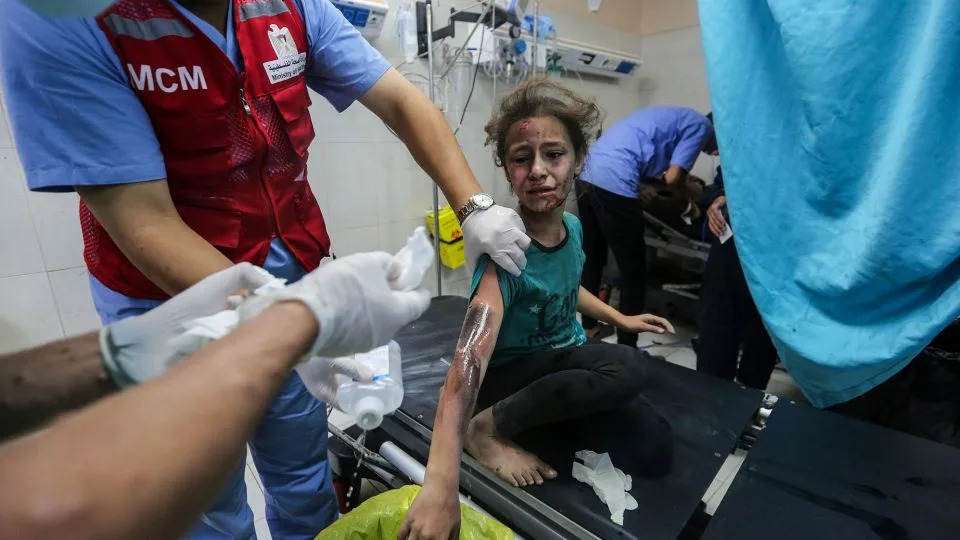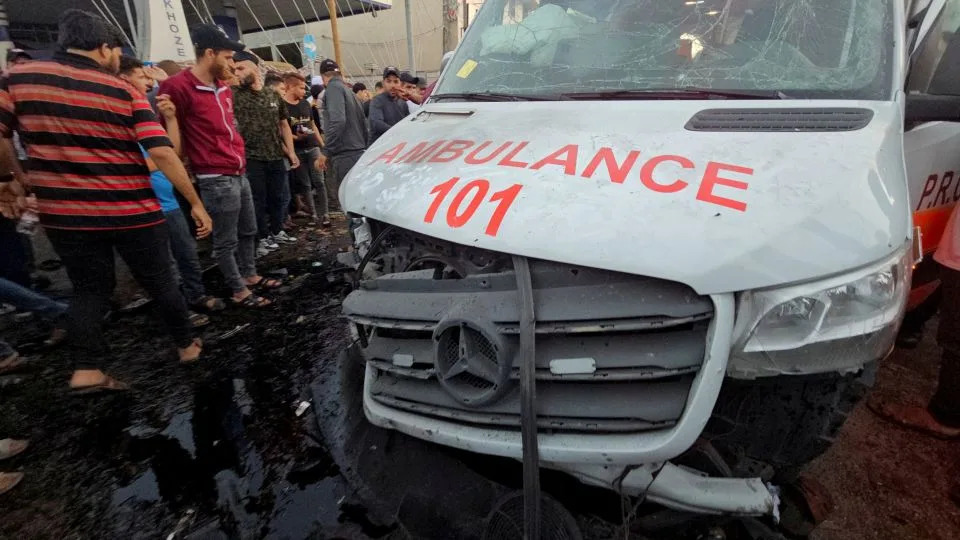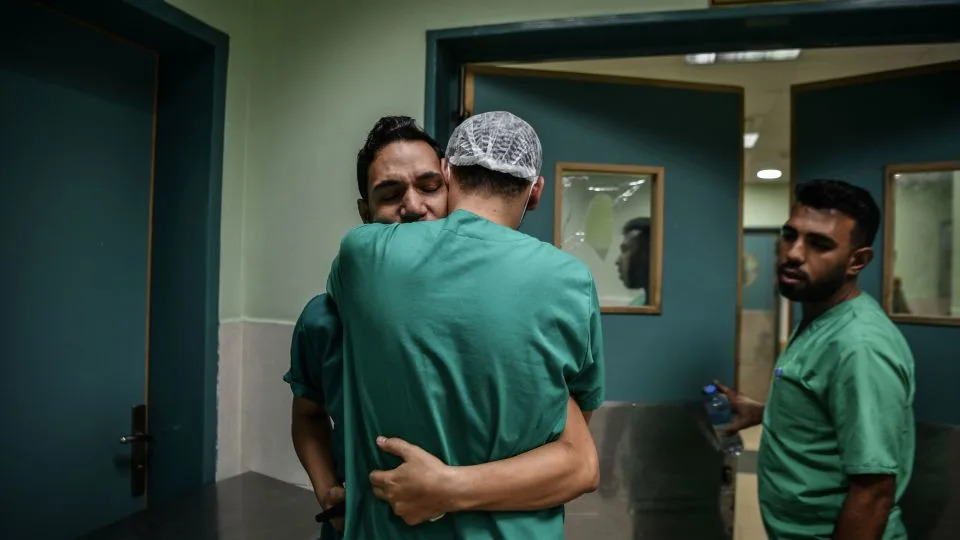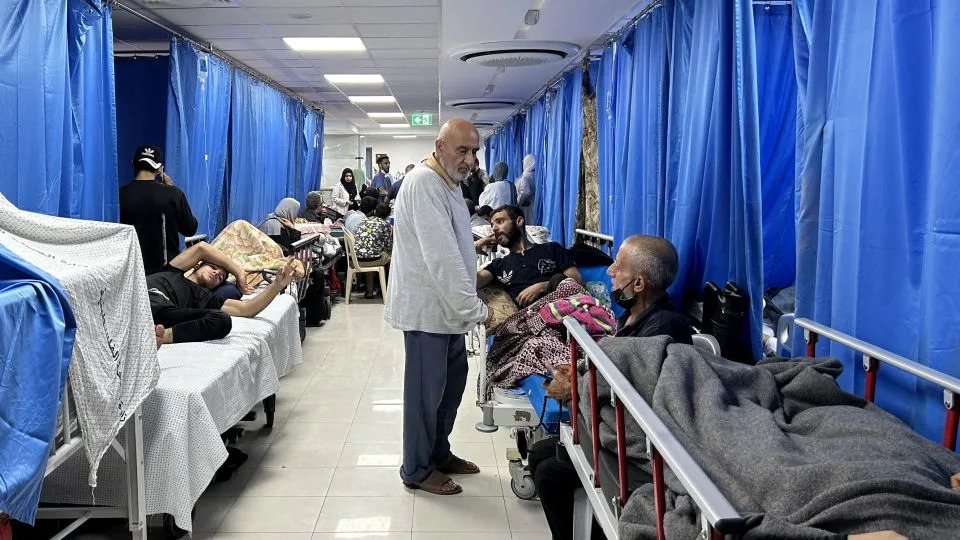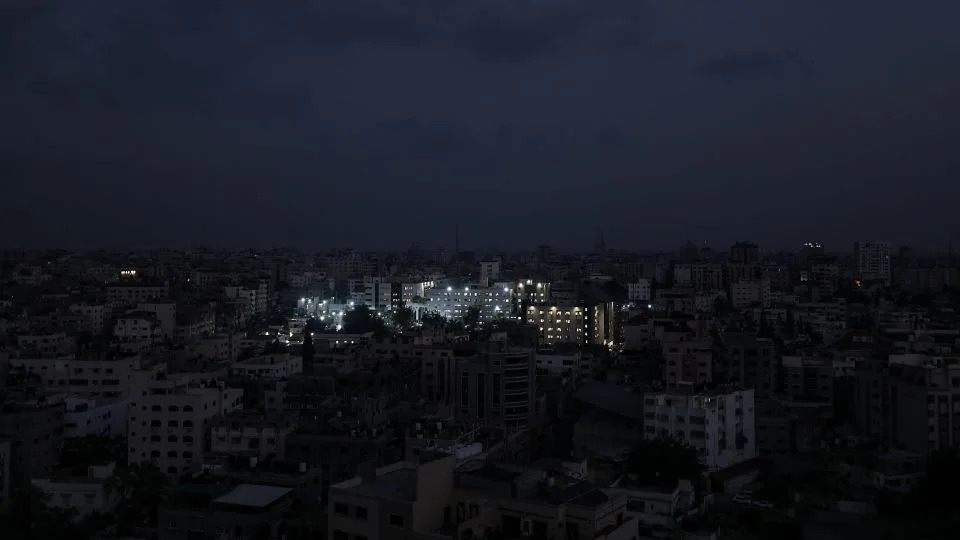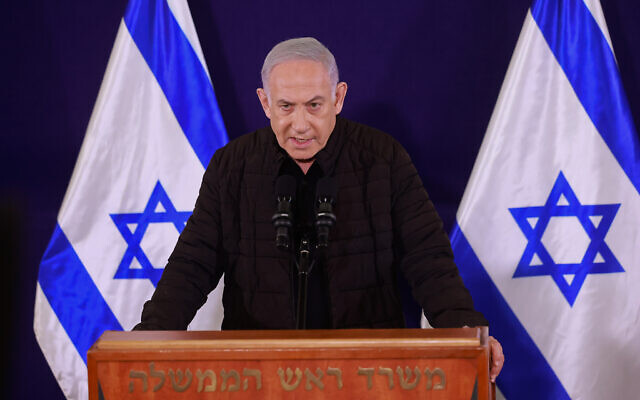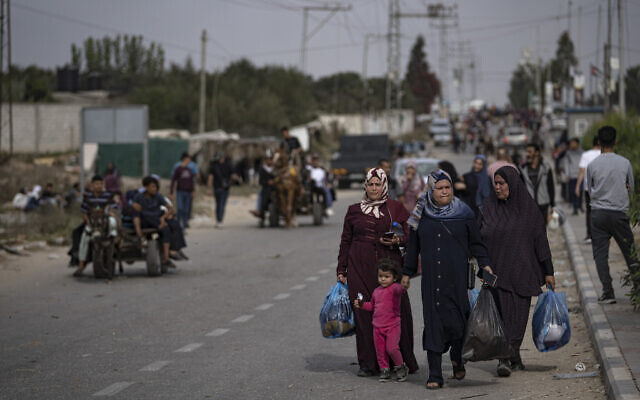Erdogan calls for pressure on US to stop Israel’s offensive

ISTANBUL: Turkish President Recep Tayyip Erdogan on Sunday called for pressure on the United States to stop Israel’s offensive in Gaza, but said there would be no agreement unless Washington accepted the enclave as Palestinian land.
Erdogan returned from a summit on Saturday of Arab and Muslim leaders in the Saudi capital Riyadh, which condemned Israeli forces’ “barbaric actions” in Gaza without approving concrete punitive measures.
He is due to visit Germany on Friday and plans to travel to Egypt and host Iran’s president in the coming weeks.
“We should hold talks with Egypt and the Gulf countries, and pressure the United States,” Erdogan told Turkish reporters on board his return flight from Riyadh.
Besieged Gaza: Israeli strike destroys Al-Shifa hospital cardiac ward, says health official
“The US should increase its pressure on Israel. The West should increase pressure on Israel… It’s vital for us to secure a ceasefire,” he said.
Erdogan, who was on a trip to a northeastern Turkish village when US Secretary of State Antony Blinken was in Ankara on November 5, did not rule out a meeting with President Joe Biden.
“The most important country that needs to be involved is the United States, which has influence on Israel,” Erdogan said.
But he said that he would not call Biden.
Blinken “has just been here (in Turkiye). I guess Biden will host us from now on. It would not be suitable for me to call Biden,” he said.
WHO says it has lost communication with its contacts in Al Shifa hospital in Gaza
Erdogan said the US must accept Gaza as Palestinian land.
“We cannot agree with Biden if he approaches (the conflict) by seeing Gaza as the land of occupying settlers or Israel, rather than the land of the Palestinian people,” he said.
Turkiye has been an increasingly vocal critic of Israel’s offensive in Gaza, which was triggered after Hamas staged an October 7 attack into Israel which killed around 1,200 people, mostly civilians, according to the most recent Israeli figures.
Israel’s relentless campaign in response has killed more than 11,000 people, also mostly civilians, according to the latest figures from the health ministry in Hamas-run Gaza.
In another speech in Istanbul on Sunday, Erdogan vented fury at Israeli Prime Minister Benjamin Netanyahu in comments broadcast live on Turkish television.
“Hey Netanyahu, these are your good days, more different days are awaiting you… Netanyahu you should know that you’re leaving,” Erdogan said, after previously labelling the Israeli leader “no longer someone we can talk to”.
Germany visit
Erdogan will meet German Chancellor Olaf Scholz next week.
Turkiye is technically a candidate for eventual EU membership and, even if this seems a distant prospect, Erdogan’s portrayal of Hamas as “liberators” – which differs sharply from the bloc’s – has caused unease.
It also stands in stark contrast to the position taken by Berlin, the EU’s most populous member.
In its annual report on candidate countries’ progress published this week, the EU said Turkiye’s “rhetoric in support of terrorist group Hamas following its attacks against Israel… is in complete disagreement with the EU approach.”
“The European Union thinks exactly the same as Israel regarding Hamas,” Erdogan said on the plane.
“I see Hamas as a political party that won the elections in Palestine. I don’t look at it the same way they do,” he added.
Erdogan repeated his call for an international conference to resolve the conflict.
“Nothing can serve peace more than a meeting of all regional actors including warring sides,” he said.



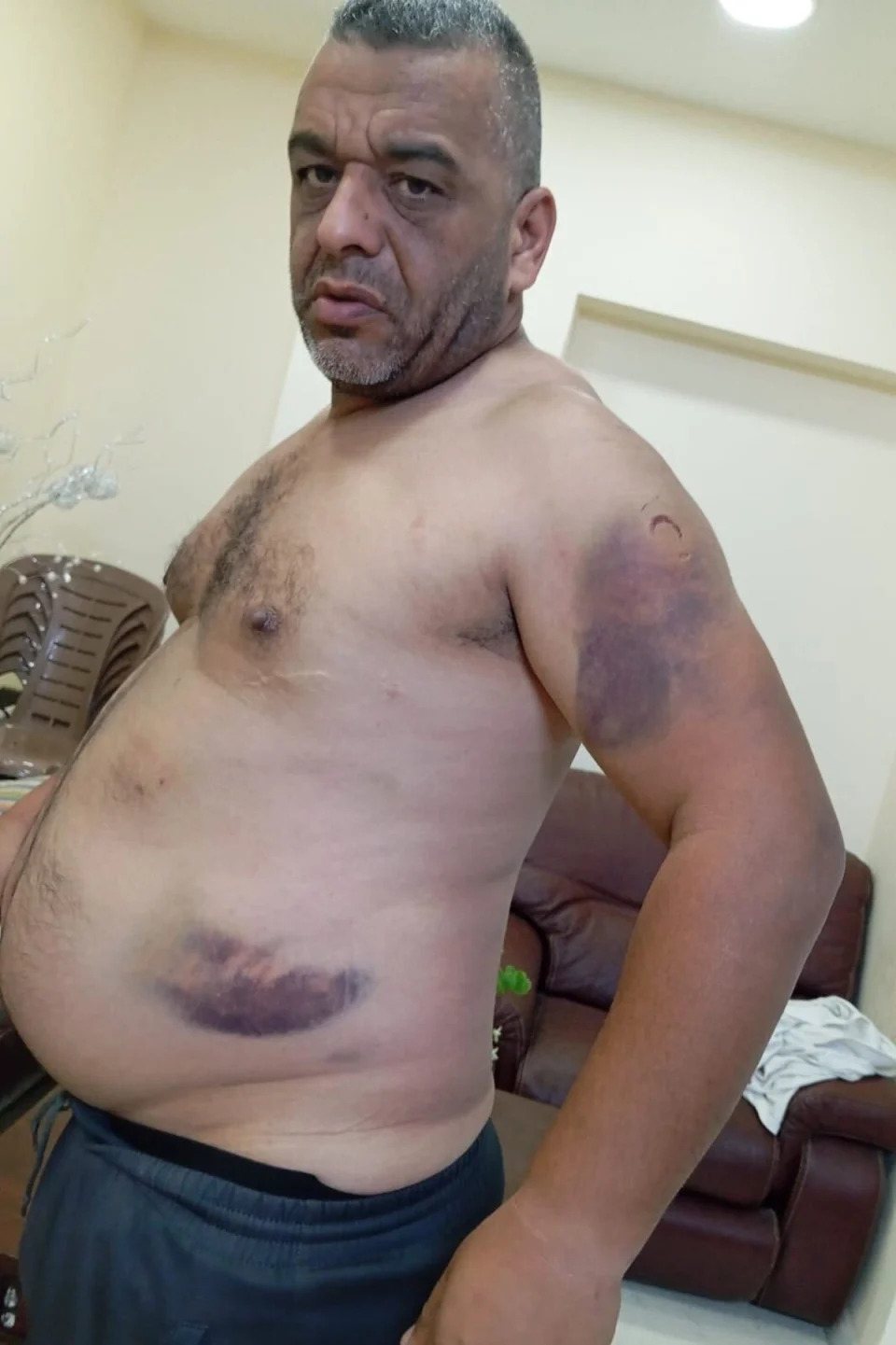
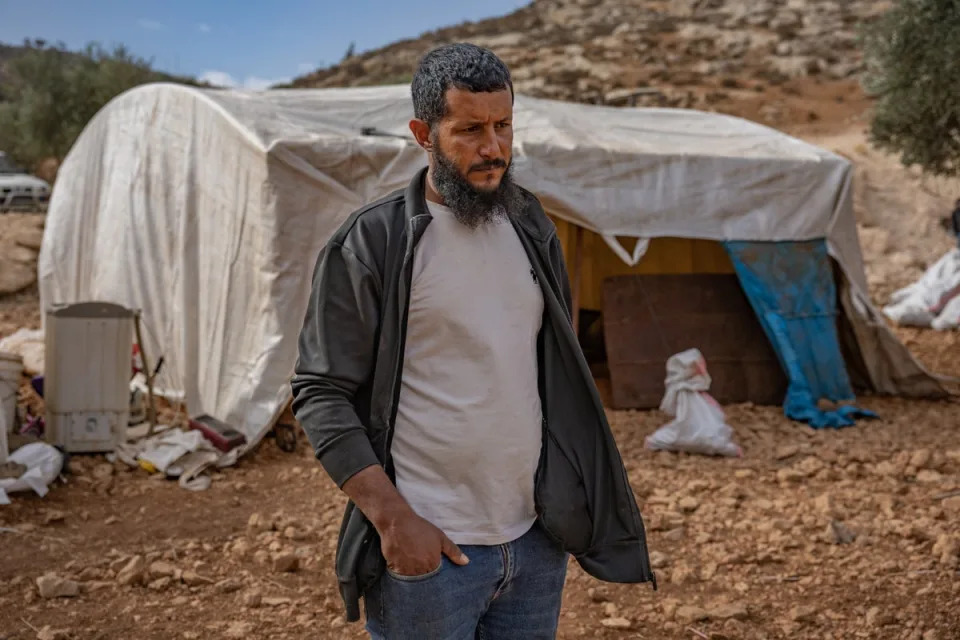
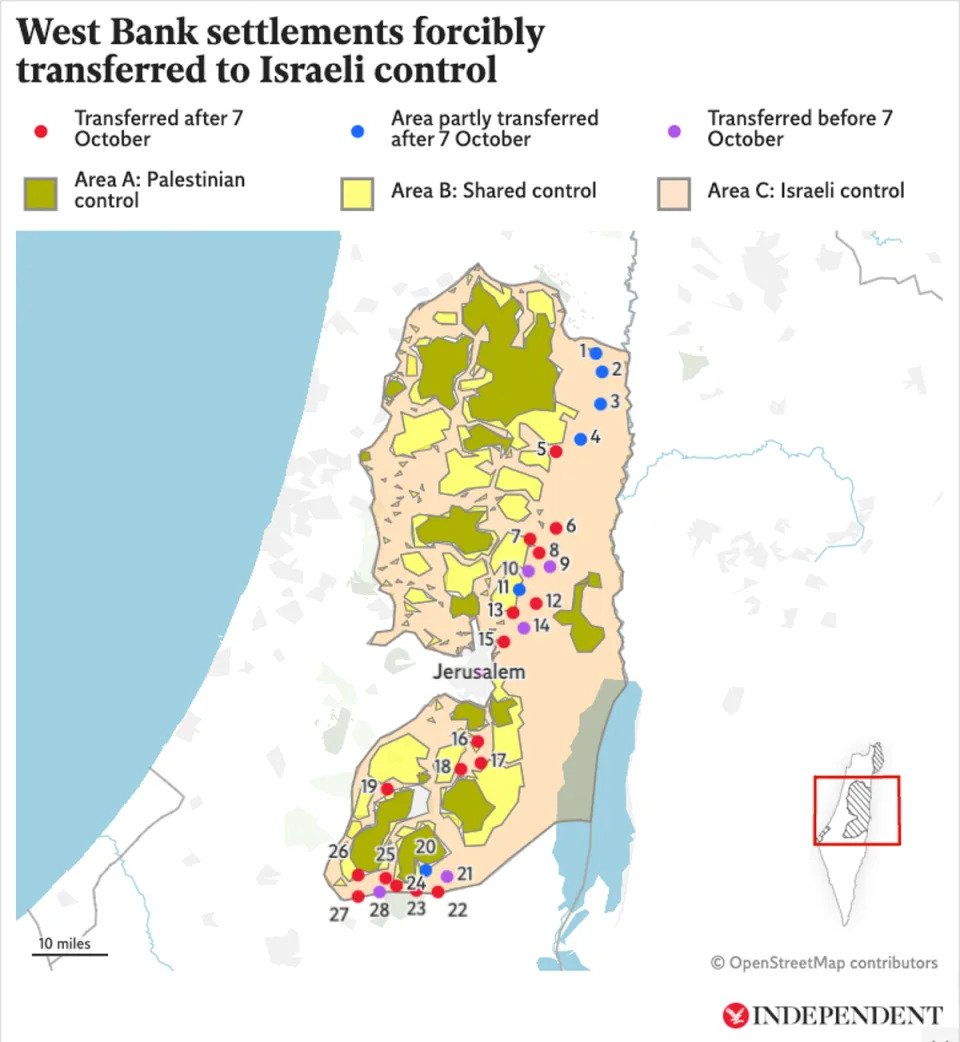
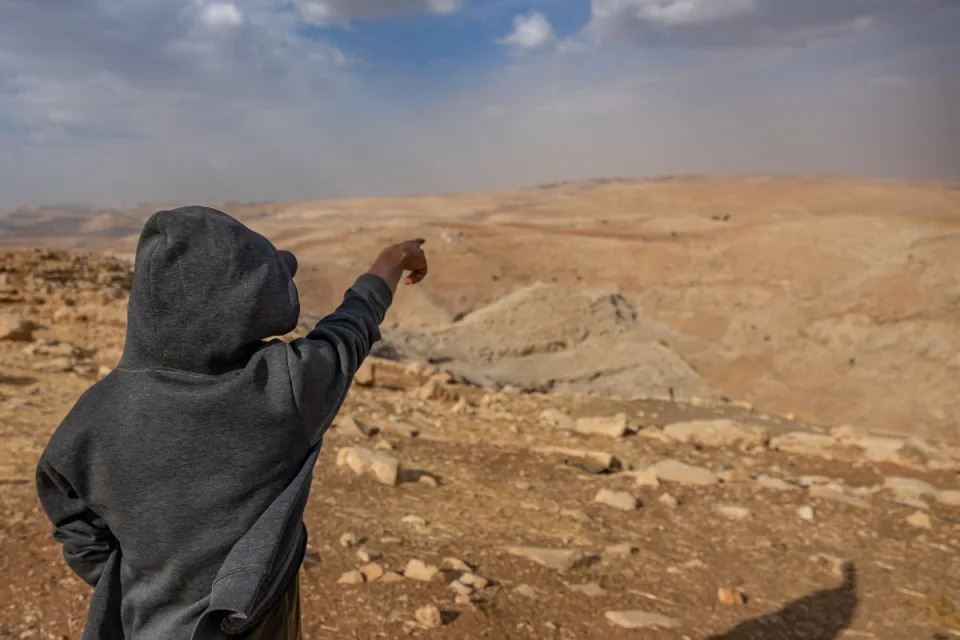
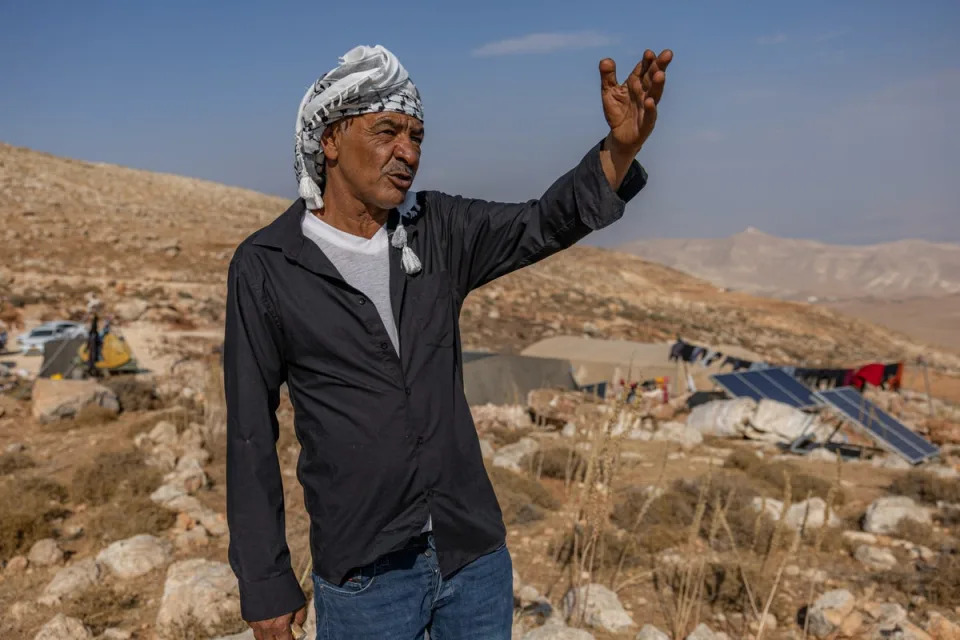

 A displaced Palestinian family from northern Gaza now shelters in the grounds of a Khan Yunis school © MAHMUD HAMS / AFP
A displaced Palestinian family from northern Gaza now shelters in the grounds of a Khan Yunis school © MAHMUD HAMS / AFP A displaced woman sits outside a makeshift tent in the grounds of a school in Khan Yunis © MAHMUD HAMS / AFP
A displaced woman sits outside a makeshift tent in the grounds of a school in Khan Yunis © MAHMUD HAMS / AFP Still time for play: displaced Palestinian children who now live in a Khan Yunis school © Mahmud HAMS / AFP
Still time for play: displaced Palestinian children who now live in a Khan Yunis school © Mahmud HAMS / AFP